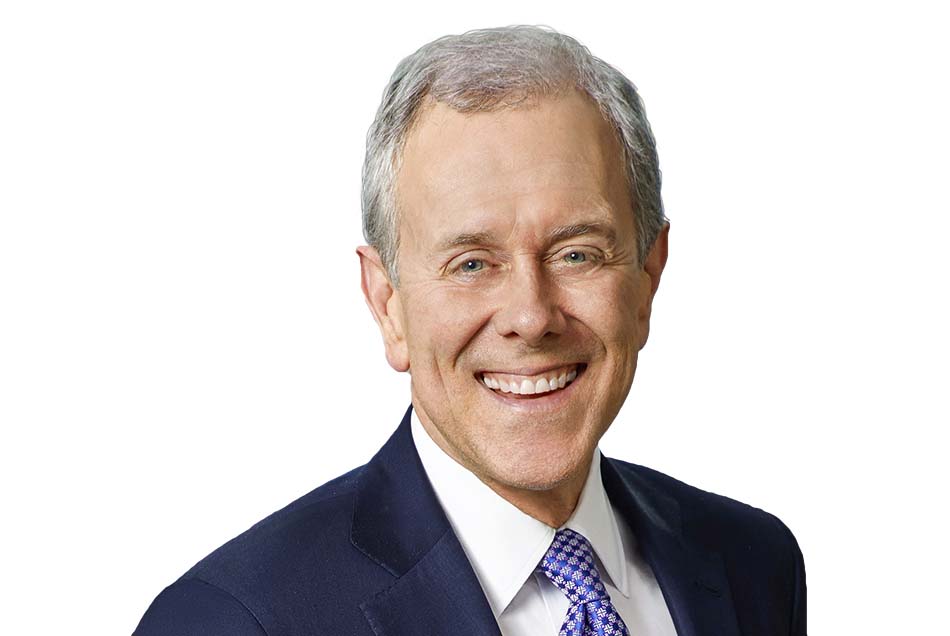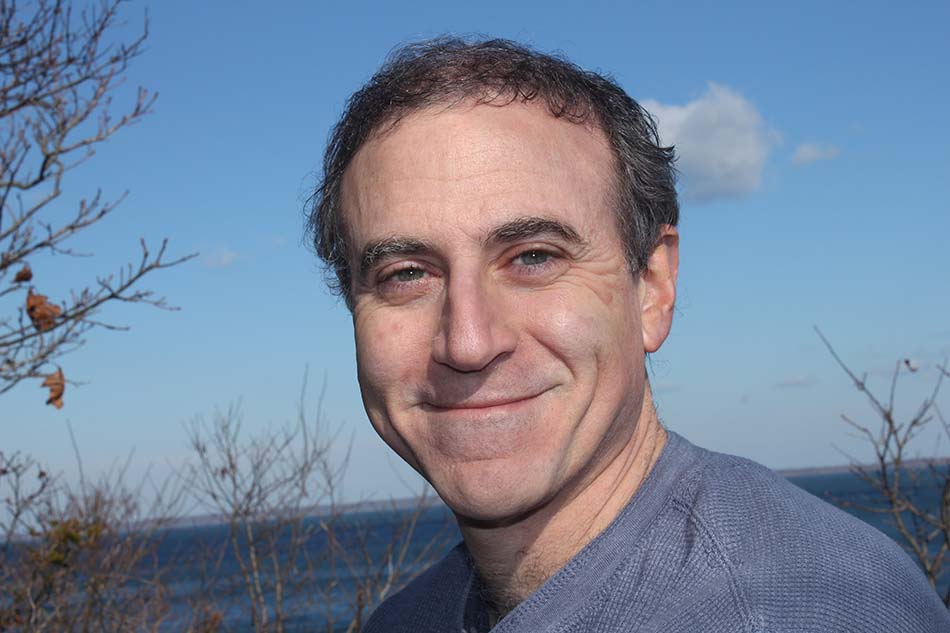B+C Hall of Fame 2022: Steven R. Swartz
President & CEO, Hearst

“Nearly everybody reads The Bulletin” was the popular slogan for what was once the top evening newspaper in the nation. In the summer of 1974, one of those readers was Steven Swartz, who would splay the broadsheet on the floor in his suburban Philadelphia home. It seemed a heady time for news and Swartz knew it. On TV, Sen. Sam Ervin prosecuted President Richard Nixon during the Watergate hearings; at 6 p.m., The CBS Evening News with Walter Cronkite became required viewing. Swartz recalls being captivated. He was also “around 11 or 12 years old,” he said. “I became a news junkie at a very early age. I loved the role it played in society.”
Years later, attending Harvard, he’d watch the local news on WCVB Boston, now a flagship station for Hearst, the corporation Swartz has run as president and CEO since 2013. By the time he arrived at college, the die was cast. “I had decided before I got to campus that my ambition was to become a journalist,” he said. But the dream didn’t end there. “My long-term ambition was to be able to lead a media company that at least in part did journalism.”
Also: Welcome to the 30th Anniversary of the ‘B+C’ Hall of Fame
That Swartz has risen to such corporate heights, with Hearst thriving during seismic shifts that have buckled many competitors, speaks to a remarkable mix of determination, talent and opportunity for the executive. (“I would throw a lot of luck in there,” he also insists.) His colleagues would add other qualities to the formula. “Steve is widely respected, forward-thinking, has tremendous energy and big insight, and he’s got an important voice in the marketplace,” said Leo MacCourtney, president of Katz Television Group and a fellow B+C Hall of Fame honoree this year. “Hearst might be, in my mind, the finest broadcaster in America. They just do everything right. And that’s no small tribute to Steve.”
Swartz’s prosperous run atop a 135-year-old company speaks to his eagerness to partner with great predecessors: “I’ve been really fortunate on the mentor side,” he said. He cited among them seventh grade English teacher John DeGregorio (“He just radiated enthusiasm and I learned a lot from him”) and Norman Pearlstine, then-managing editor at The Wall Street Journal, where Swartz was recruited out of college and where he eventually worked on the Page One desk. “That was my most enjoyable time there,” Swartz said.
The movement toward combining journalism with business came when Hearst and Dow Jones agreed to partner on a personal finance magazine that became SmartMoney, with Swartz named founding editor in 1991. Four years of award-winning copy later, Swartz was tapped as president and CEO.
SmartMoney introduced him to Hearst, with its corporate culture fixed and strong on legacy, thanks to leaders such as William Randolph Hearst and Frank Bennack, who served two tenures as Hearst’s CEO from 1979 through 2002 and from 2008 through May 2013. Toward the end of Bennack’s run, Swartz became executive VP, rising to chief operating officer in 2011.
The smarter way to stay on top of broadcasting and cable industry. Sign up below
Helping Hearst Grow
In his current tenure, Swartz has either continued or orchestrated growth measures that have well insulated Hearst’s vaunted place in the market. Along with the newspapers on which the company built its foundation, Hearst’s empire currently includes holdings among cable networks (A&E, History, Lifetime and ESPN); 33 television stations that in total reach 19% of U.S. viewers; 250 magazine editions worldwide; and a successful roster on the B2B side, including global financial services (Fitch Group) and medical information and transportation assets.
The diversification is an asset that helps Swartz’s Hearst in these times of technological change where, as he said, “everybody is fighting to establish a sustainable growth business model. It’s a challenge but I think we’re up to it.”
Swartz’s colleagues agree because they see in him a leader bent toward inspiration, and a man whose understanding of what matters most at any given moment was bred back in his early newspaper-reading days. Hearst Television president and B+C Hall of Famer Jordan Wertlieb recalled that, at the start of the pandemic when other companies were cutting back, “Steve announced we were bonusing all employees. He wanted people to not only feel secure in their jobs, but to share in the success of the prior year. The timing of that was extraordinary.”
Unusual, but certainly in character. “I was not surprised at all that that was the way Hearst, through Steve’s leadership, acted,” MacCourtney said. “His legacy is the way that company operates.” ■
Rob has written for Broadcasting+Cable since 2006, starting with his work on the magazine’s award-winning 75th-anniversary issue. He was born a few blocks away from Yankee Stadium … so of course he’s published three books on NASCAR, most notably, Full Throttle: The Life and Fast Times of NASCAR Legend Curtis Turner. He’s currently the special projects editor at TV Guide Magazine. His writing has appeared in The Washington Post and his origami art has been in The Wall Street Journal. He lives with his family in New Jersey and is writing a novel about the Wild West.

